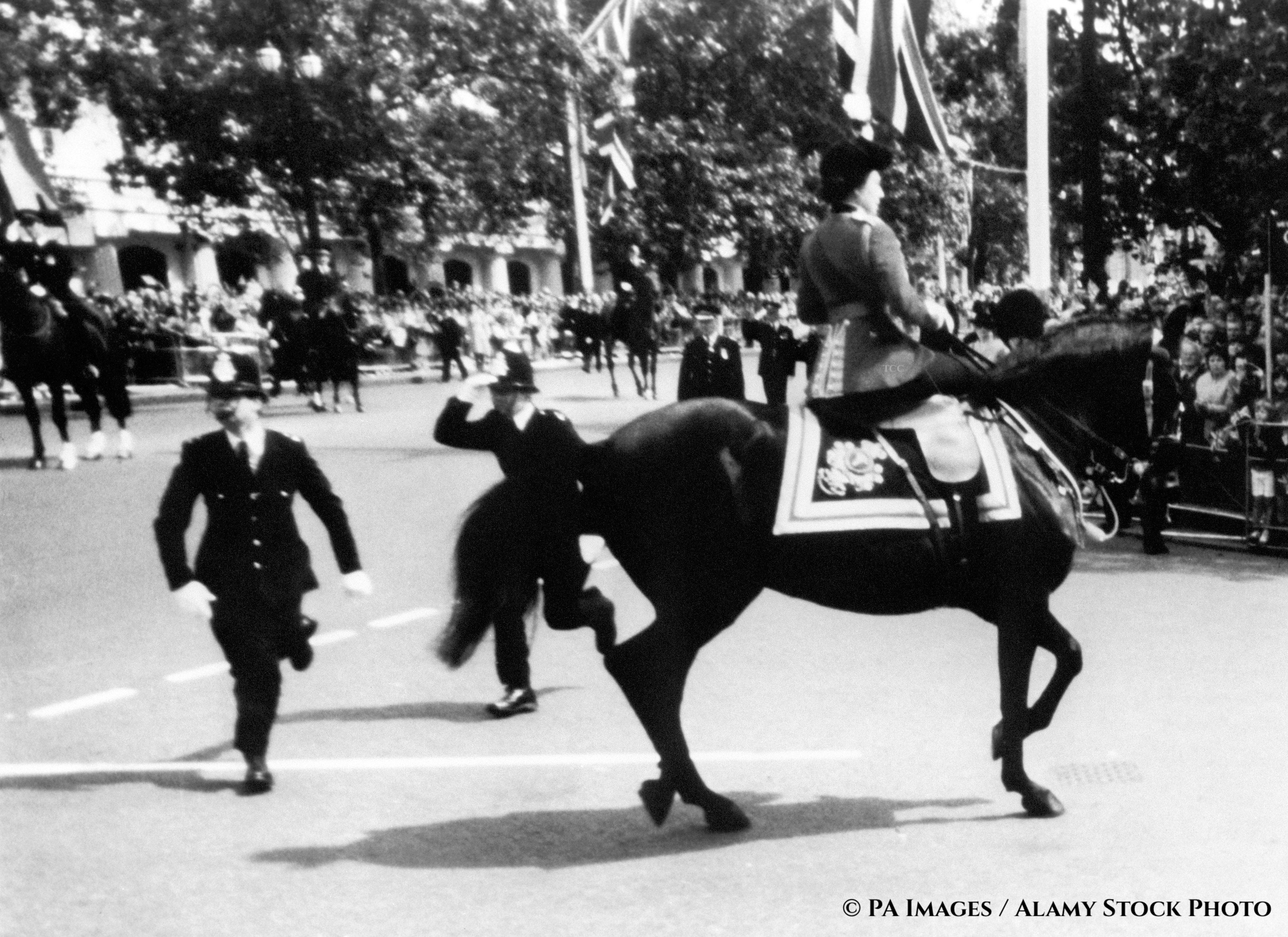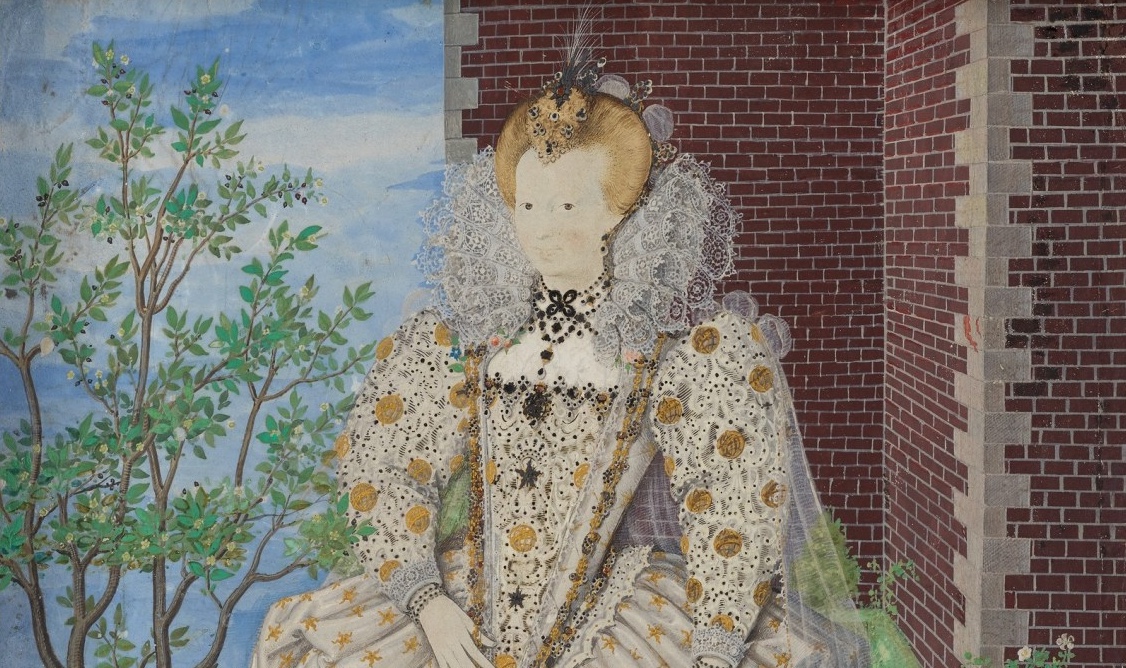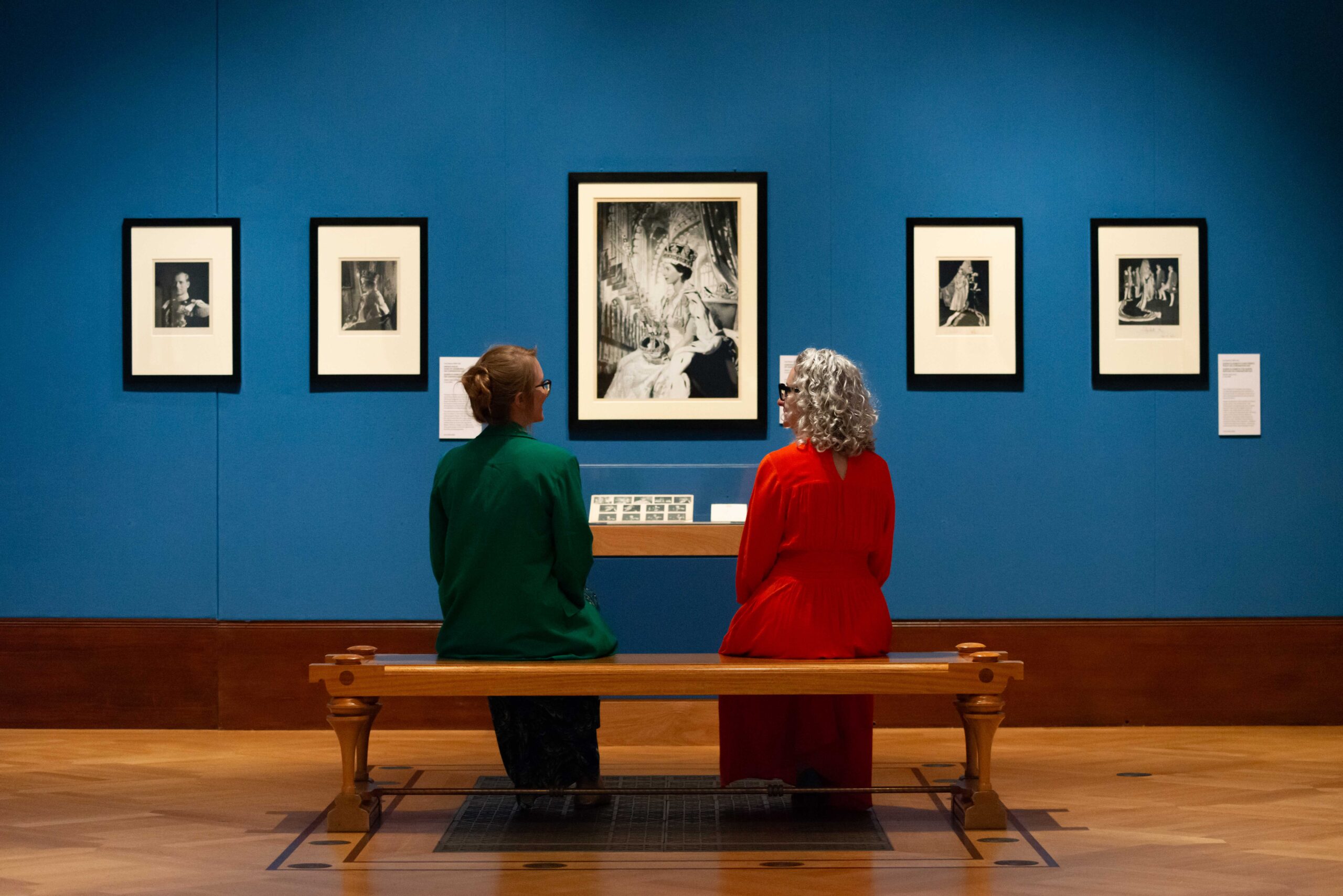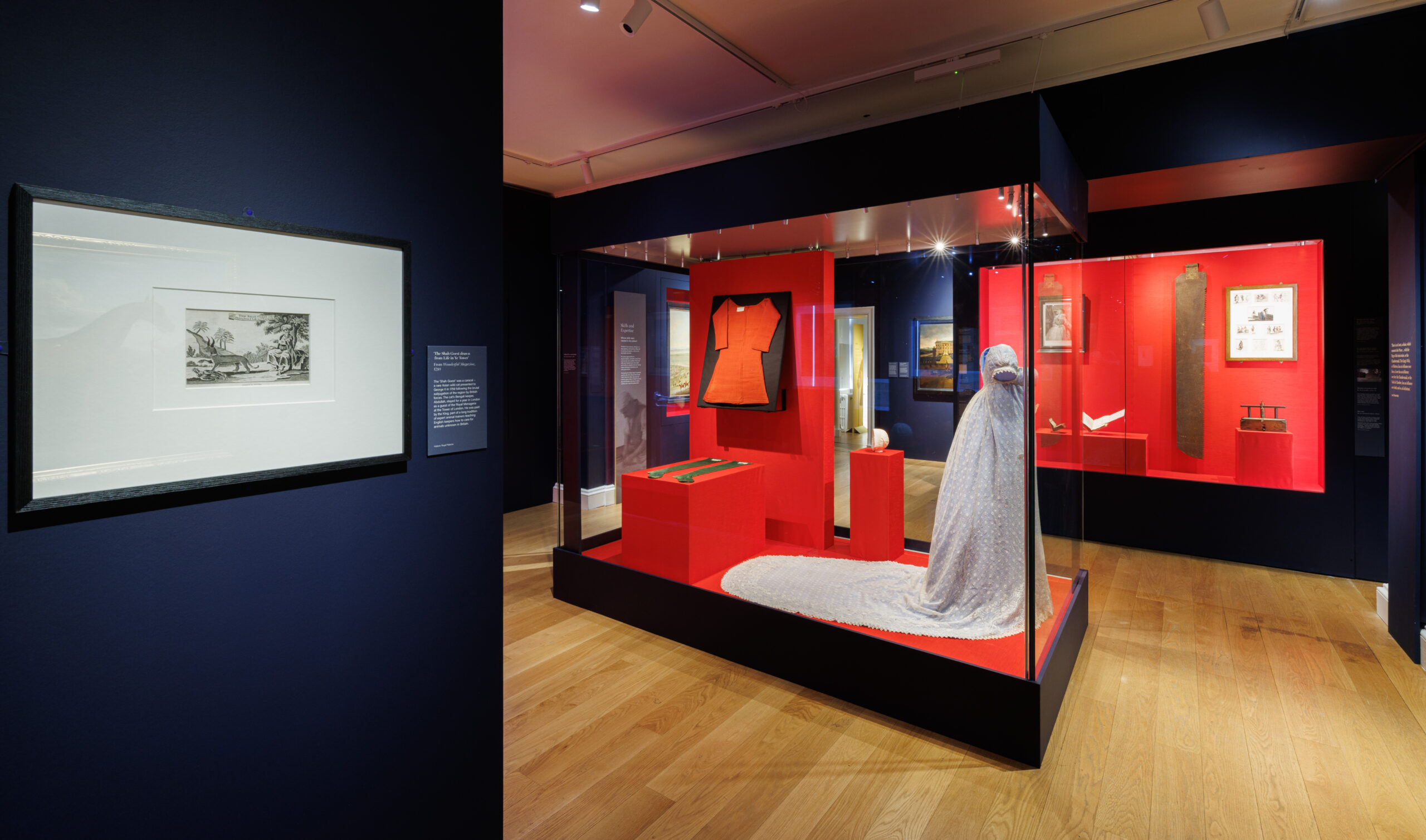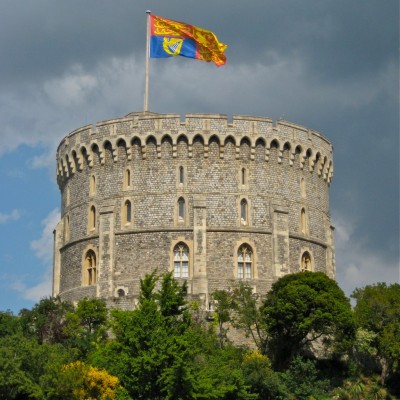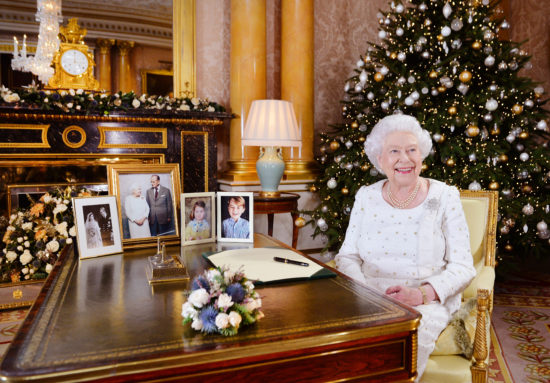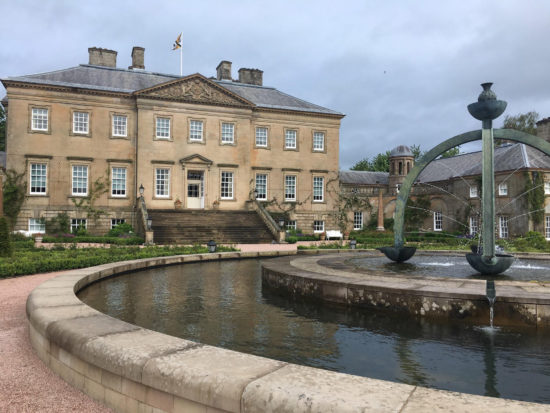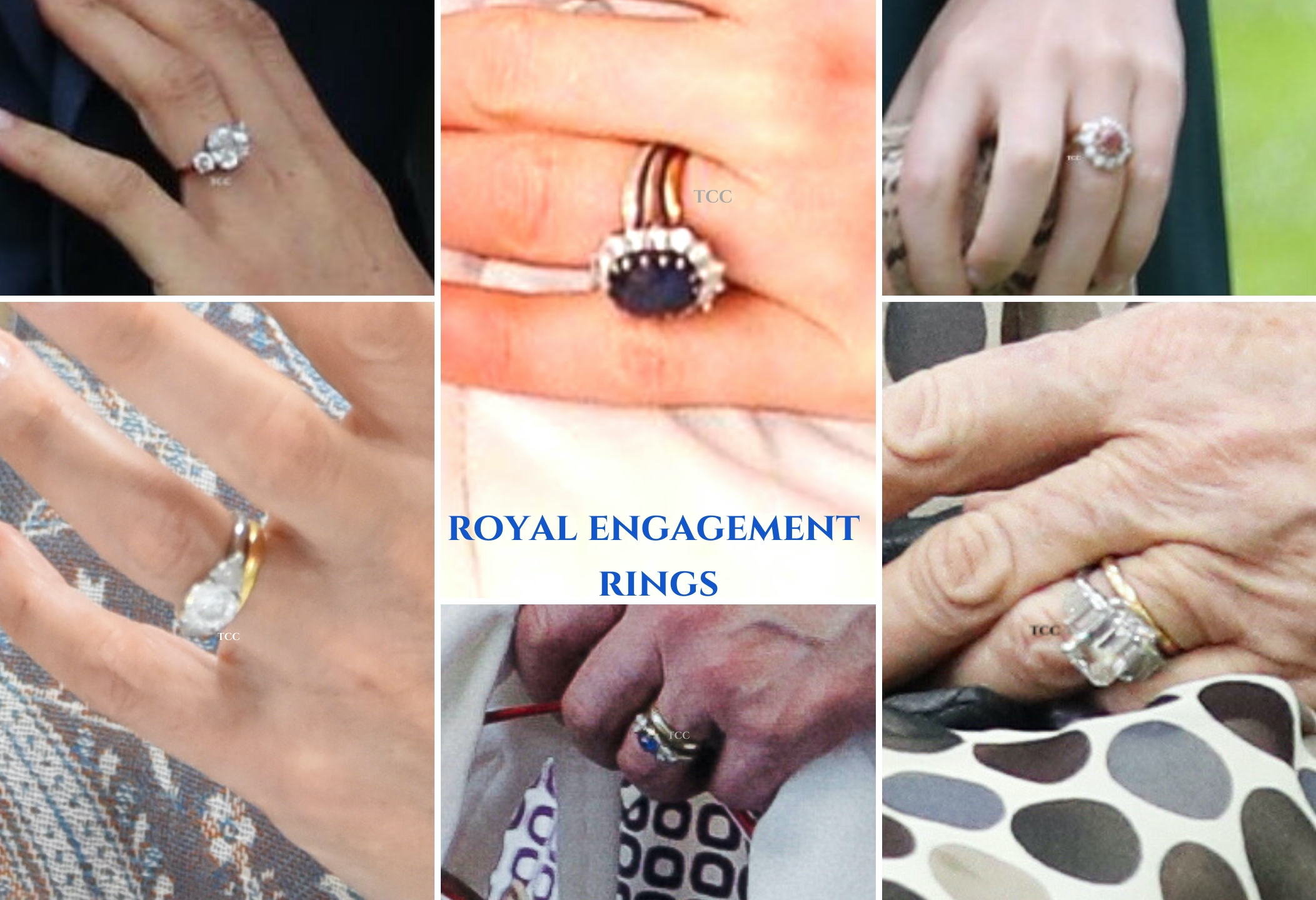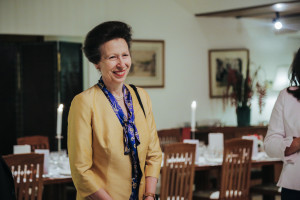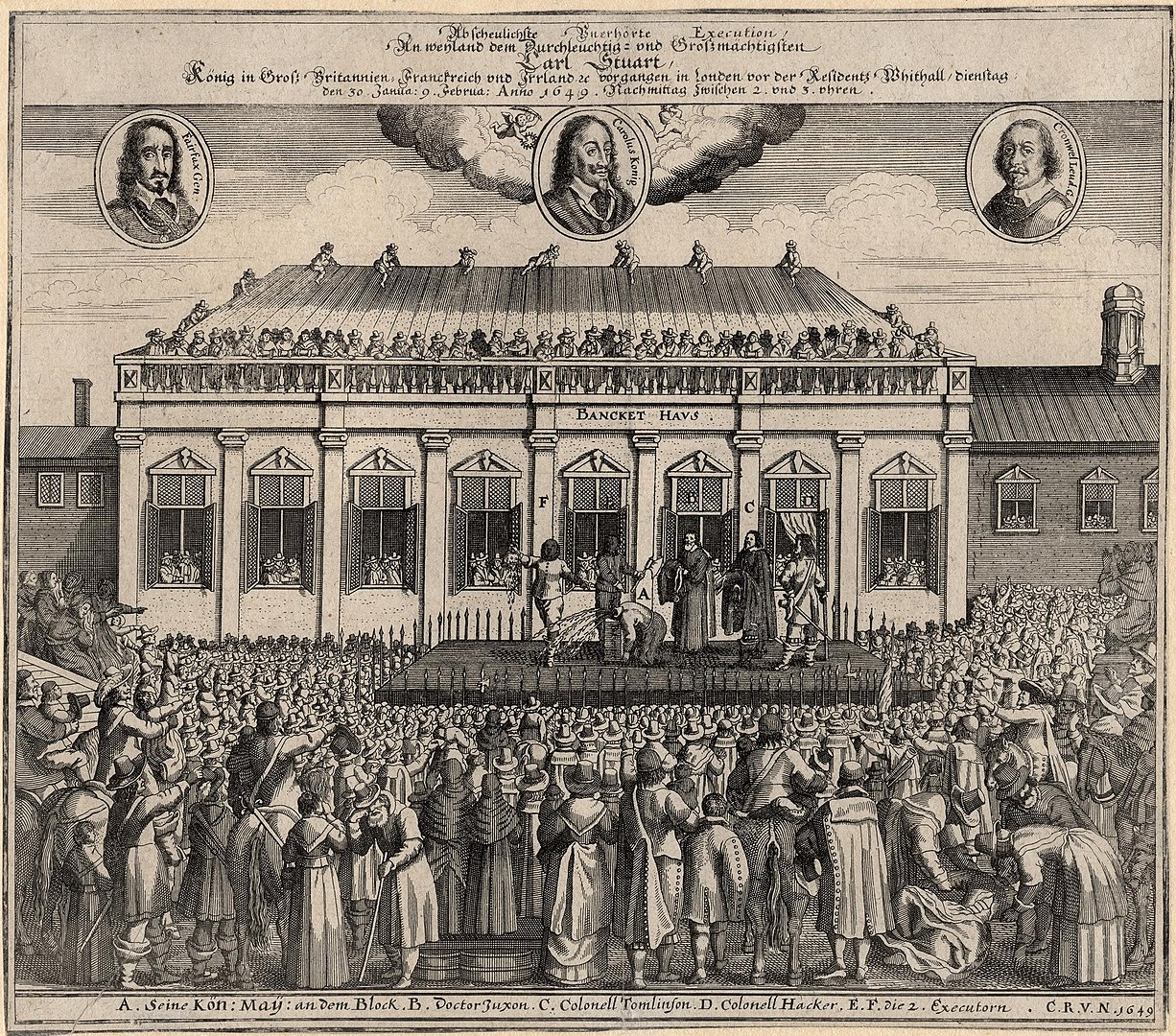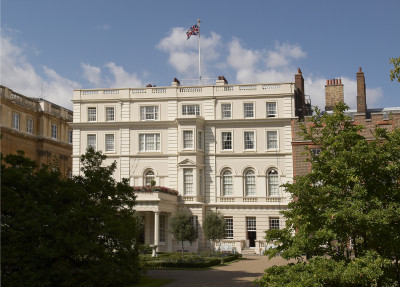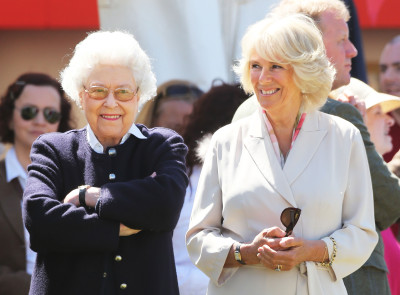As the world’s oldest continually occupied fortress and palace, The Tower of London is an iconic building – and world UNESCO heritage side – drawing millions of tourists to its 12 acre-site each year. With such a long history, there are plenty of stories to be told, so dive right in…
The Norman Tower:
William the Conqueror ordered The Tower of London to be built in 1078, 12 years after his conquest of England. It was built as a keep, to awe, subdue and terrify Londoners, dominating the skyline at 90ft tall, and to deter foreign invaders from an advantageous point; of course, London had been a stronghold for centuries, including during the Roman Empire.
The White Tower at the heart of The Tower of London is, therefore, the oldest part of the fortress. Completed in 1097, William never got to see his creation, with its 15 ft thick walls, ensuring safety for those inside.

Begun in the reign of William the Conqueror, the White Tower was completed by 1100. Although the White Tower’s primary role was as a fortress and stronghold, in time it has also served as a royal residence and as the setting for major governmental and ceremonial functions (HRP)
It was built from Kentish rag-stone, giving its pale colour, while the lighter detailing stone was imported from Caen, in William’s French kingdom, though what is seen today is Portland stone. The first floor was the main floor, used by staff, probably for domestic purposes, as denoted by its two fireplaces and privies (toilets). The second and third floor would have been used by Royalty and nobles, and includes St John’s Chapel, one of the earliest Norman Chapels in the country, which was used as a records room for a number of years.

St Johns Chapel in the white tower victoria howard)
The bottom floor, part of which is underground as the tower is built in to a mound, was simply used as a cellar, for storgae, including wine racks – though later became famous for another kind of rack…
The Plantagenet Tower:
The building: The 13th century saw some big changes to the fortress, including the addition of an outside wall with its 13 towers. Henry III and Edward I created the inner ward with the creation of its thick wall, along the lines of the Coldharbour Gate Tower; only the foundations of this remains today, next to the White Tower.
The inner ward wall was built in the 1220s, containing a bustling complex, with buildings surrounding the White Tower to serve the royal residence. This included kitchens and a great hall, in the medieval tradition.

Her Majesty’s Royal Palace and Fortress of The Tower of London from the north, with Traitors Gate left-of-centre on the outer wall, the Middle Tower in the top right corner, and St Martin’s Tower in the bottom left, the Chapel Royal on the inner wall’s bottom right, with the Wakefield and bloody tower sitting to the top-right corner of the White Tower, centre. (HRP)
Serving Henry III’s personal needs, the Wakefield Tower was probably used by the King, as with an audience chamber and for lodging, which is how it is presented today, complete with bedchamber and throne. Built between 1222 and 1240 with thick walls for the Monarch’s protection, Wakefield Tower is the second largest tower within the palace, and was likely named after William of Wakefield in 1344.

The Wakefield Tower (right) of the inner wall links to St Thomas’s Tower of the outer wall via a small covered bridge; you can see the stained glass window of the chapel (Frank Fujimoto)

The Throne Room in the Wakefield Tower, looking north west. This replica of King Edward I’s throne is based on the Coronation Chair at Westminster Abbey (HRP)
Today, it is associated with the 1471 death of Henry VI, who is believed to have been killed whilst at prayer in the chapel here, just off the throne room. He was imprisoned on Edward IV’s orders, as a rival claimant for the throne. Since 1923, the Ceremony of the Lilies and the Roses has been held in the chapel every year on the date of his death (21st May), and is attended by representatives from Eton College and King’s College, Cambridge, both of which were founded by the ill-fated Lancastrian King.

The chapel in Wakefield Tower where Henry VI was supposedly killed; the event is marked with a tile (Katharine Hunter)
The Bloody Tower – the second inner tower from the entrance gates – got its name from Queen Elizabeth I; she ordered it be changed from the Garden Tower, on account of its gruesome history and connection with some of the Tower’s famous prisoners. An upper and lower chamber comprises this tower, with the upper presented as Sir Walter Raleigh might have ‘enjoyed’ it during his 13 years imprisoned.
It is also here you will find the entrance to the inner ward, defended with a 2.5 tonne iron gate or portcullis.

The Bloody Tower (looking south from the White Tower) was renamed by Elizabeth I; it was here that the skeletons of two boys – believed to be the Princes in the Tower – were found beneath a staircase. To the left is the rounded Wakefield Tower. (HRP)

Interior of the Bloody Tower, laid out in a 17th century fashion, perhaps as Raleigh would have seen it (hoakley92)
Located in the south-eastern corner of the inner curtain wall, you will find the Lanthorn Tower, built as part of Henry III’s Queen’s lodgings, but also used by Edward I and II as royal lodgings and later King’s chambers. It is currently displayed in a 19th century manner, but with a selection of 13th-century objects to illustrate the lifestyle of Henry and Edward’s courts.
St Martin’s Tower sits in the north-east corner of the Tower, and was once the storehouse for the Crown Jewels from Charles II’s 1661 coronation after the Restoration (1660) until 1841. Today it still holds the cabinets formerly used to display the Crown Jewels and tells the story of the English royal crowns.
The Salt Tower today displays graffiti left by prisoners over the course of the Tower’s history, but had also been used as a storehouse. Prisoners include King John Balliol of Scotland, who had been caught in a power struggle between Edward I and the Scottish nobles.

The Tower’s Salt Tower, used for storage and imprisonment! (Liz)
The Deveraux Tower can be found on the north-west corner of the inner curtain wall (near the Chapel Royal), but much of what is seen in an 18th century rebuild. Its two stories both have an apartment for lodging, and there used to be a secret passage from the tower to the Chapel Royal, the Chapel of St.Peter ad Vincula, and the Beauchamp Tower. It got its name from its famous prisoner, Robert Deveraux, Earl of Essex and Elizabeth I’s favourite, who had plotted a coup against the Queen. He was the last person to be executed at The Tower of London in 1601.
The Beauchamp Tower (pronounced Beecham) also lies on the inner wall, created as part Edward I’s expansion. It replaced a twin towered gatehouse.It is thought to have been named after its first prisoner: Thomas Beauchamp, Earl of Warwick, who was imprisoned by Richard II in 1397.
Lady Jane Rochford, lady-in-waiting to Queen Catherine Howard, is said to have given her confession here, which brought the young Queen to the executioners block for treason and adultery, while Lady Jane Grey, the nine-day Queen, also spent time in this tower. From here, she watched her husband, 19-year-old Lord Guildford Dudley, being led to his execution the morning before she faced her end at the age of 17, in 1554.

The Beauchamp Tower at the tower of london is full of prisoner graffiti (HRP)
Today, visitors will see plenty of graffiti in the upper room, and learn about some of the prisoners who spent time at the Tower.
Perhaps the second oldest part of The Tower of London is the Bell Tower, located in the south-west corner, just behind The Queen’s House, which was a Tudor addition to the inner ward.
The turret atop the tower, which houses a bell, gave it its name, warning prisoners of their curfew, and need to return to their quarters. Sir Thomas More and John Fisher would have heard this sound, serving out their sentences here before death. Nowadays, the bell warns visitors of the impending closure of the Tower.

The Bell Tower – with its white structure peaking out at the top – is immediately on your left when you enter through the Byward and then Middle Tower – the tower of london’s only land entrace/exit (HRP)
Linking the Beauchamp and Bell Towers is a battlement known as Elizabeth’s Walk, thanks to Princess Elizabeth (future Queen’s) regular stroll here during her imprisonment by her half-sister, Mary I, in 1559; the next time Elizabeth returned was for her coronation.
In the middle of the northern inner wall sits the Bowyer Tower, a D-shaped building that was heavily changed after a fire in 1841. The ground floor room is the only original part, though its name derives from its former purpose: the location of the bow-makers for the royal armouries. The enduring legend of George, Duke of Clarence’s death is said to have taken place here.
The outer wall of The Tower of London was constructed in the 1280s, during Edward I’s reign, giving another layer of security to the palace and fortress. This curtain wall is 15ft thick, showing just how important the site was, and the status of the people and items within.
The Byward Tower is the main entrance into the Tower, both historically and today, though formerly a drawbridge would have protected the fortress, instead of a path. Next, comes the Middle Tower (pictured); it features two cylindrical towers flanking a portcullis gate.

The Middle Tower is the main entrance through Edward I’s inner curtain wall, with visitors walking through its gate everyday (HRP)
While not accessible to the public, in the upper rooms of the Byward Tower, there is a magnificent medieval wall painting, thought to date to the 1390s, during the reign of Richard II. This is the only surviving decorated medieval interior in the whole of The Tower of London, and it depicts part of the story of Jesus’ crucifixion: only the figures of the Virgin Mary and St John the Evangelist in mourning positions still survive. The painting is covered in gold leaf and expensive pigments, and was is a reminder of the building’s status as a palace; you can see more about the painting in a BBC short here.

The first floor of the Byward Tower hides a Tudor fireplace and 14th-century mural (HRP)
St Thomas’ Tower sits over the Water Gate (later, Traders Gate) to the south of The Tower of London, and is connected by a small bridge to the Wakefield Tower; this was built by Edward I between 1275-1279, to provide a water entrance to the Tower, as there was only one land entrance to the fortress for security reasons. This gate is known as Traitors’ Gate today, but was once the Traders Gate; it is assumed that the human traffic which became more frequent through this entrance, however, saw the name slide from a ‘d’ to a ‘t’.

St Thomas’s Tower sits over Traitors Gate (Cheekablue)

Traitors’ Gate, was Edward I’s Water Gate, enabling him to access his boat straight from the fortress (HRP)
St Thomas’ is an unrestored hall, making it a fascinating archaeological record of the building’s history. It holds a bedchamber, with fireplace, large four poster bed for the imposing Edward I. The King’s oratory, known as the little ‘chapel over the water’. At this point in time, the wharf on the outside of the gate was not there, and so it looked straight over the Thames. Edward could moor his boat beneath and head straight into his lodgings.

King Edward I’s private oratory in the north-east turret of St Thomas’ Tower (HRP)
Remains of the hall’s original 13th-century fireplace, a garderobe (lavatory) wall and a picturesque vaulted turret still survive.
With the Wakefield, Bloody Towers and central White Tower, St Thomas’ would have made up the early medieval Tower of London, a much smaller palace and fortress.

An interior view of St Thomas’s Tower. This is a reconstruction of the King’s Bedchamber as it might have appeared during the reign of King Edward I, 1272-1307 (HRP)
Edward I installed the Royal Mint in c1279, and until 1810, it was here that the realm’s coins were created. Such an operation needed to be secure, so what better location than the Tower? The minters and staff who worked here were strictly monitored to ensure they were not stealing, aiding counterfeiters, or clipping the metal, and were kept separate from the other workers.
A plan of the Tower from 1701 shows there was a horseshoe of wooden buildings around the three northern sides of the palace, between the inner and outer walls, used for this purpose, and today it is known as Mint Street.

The ‘Coins and Kings’ display at the Tower of London remembers the Royal Mint’s centuries-long work at the fortress (HRP)
The menagerie:
In 1235, Henry III was presented with three ‘wildcats’ (probably leopards) by the Holy Roman Emperor, Frederick II,beginning the menagerie. A polar bear was given by the King of Norway in 1252, and an elephant arrived in 1255 from the King of France, which died a few years later, likely due to lack of correct treatment.
Whilst the bears were collared and muzzled, they were allowed to fish in the moat, which took water in from the Thames with the tides, but it was essentially a large open sewer…!
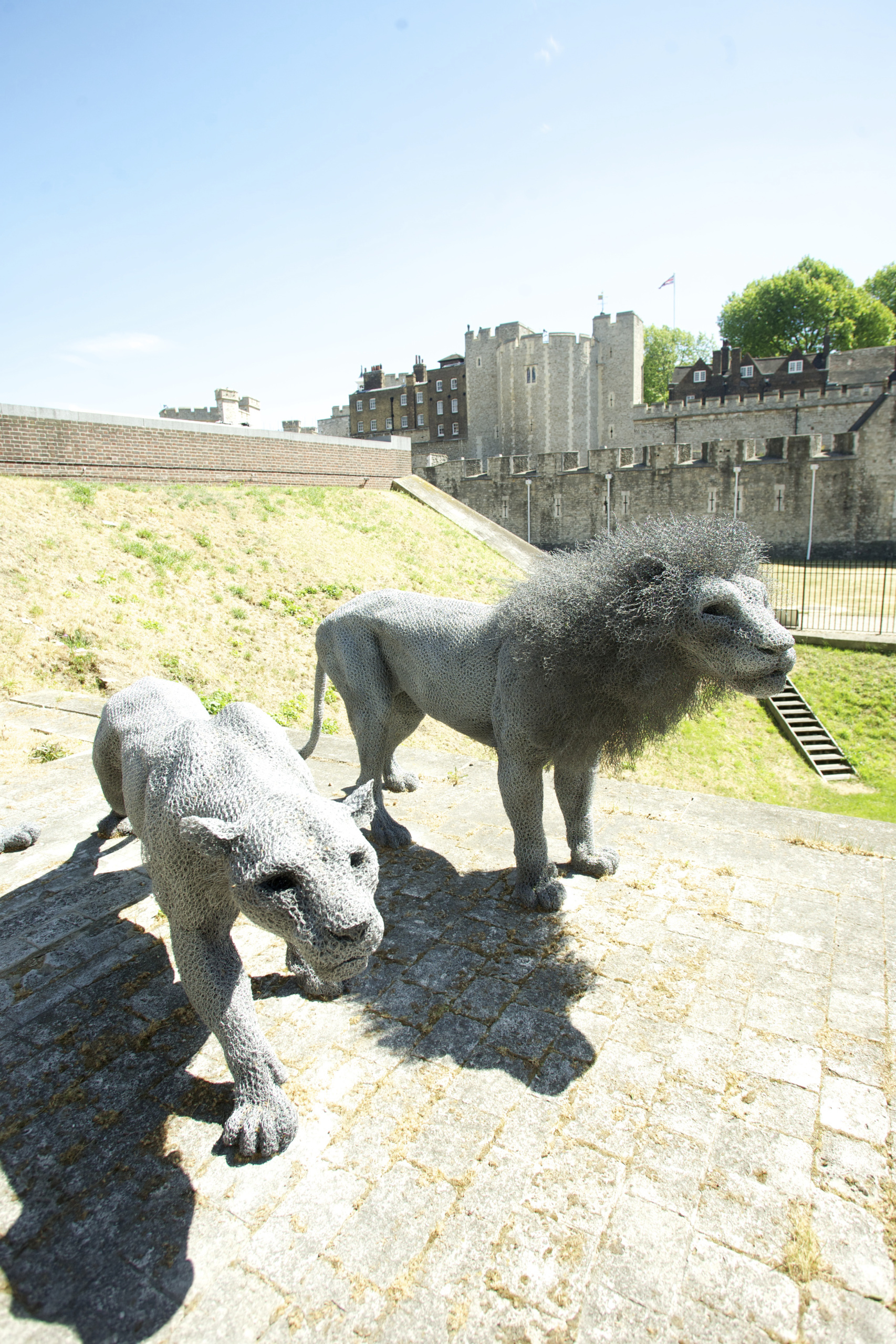
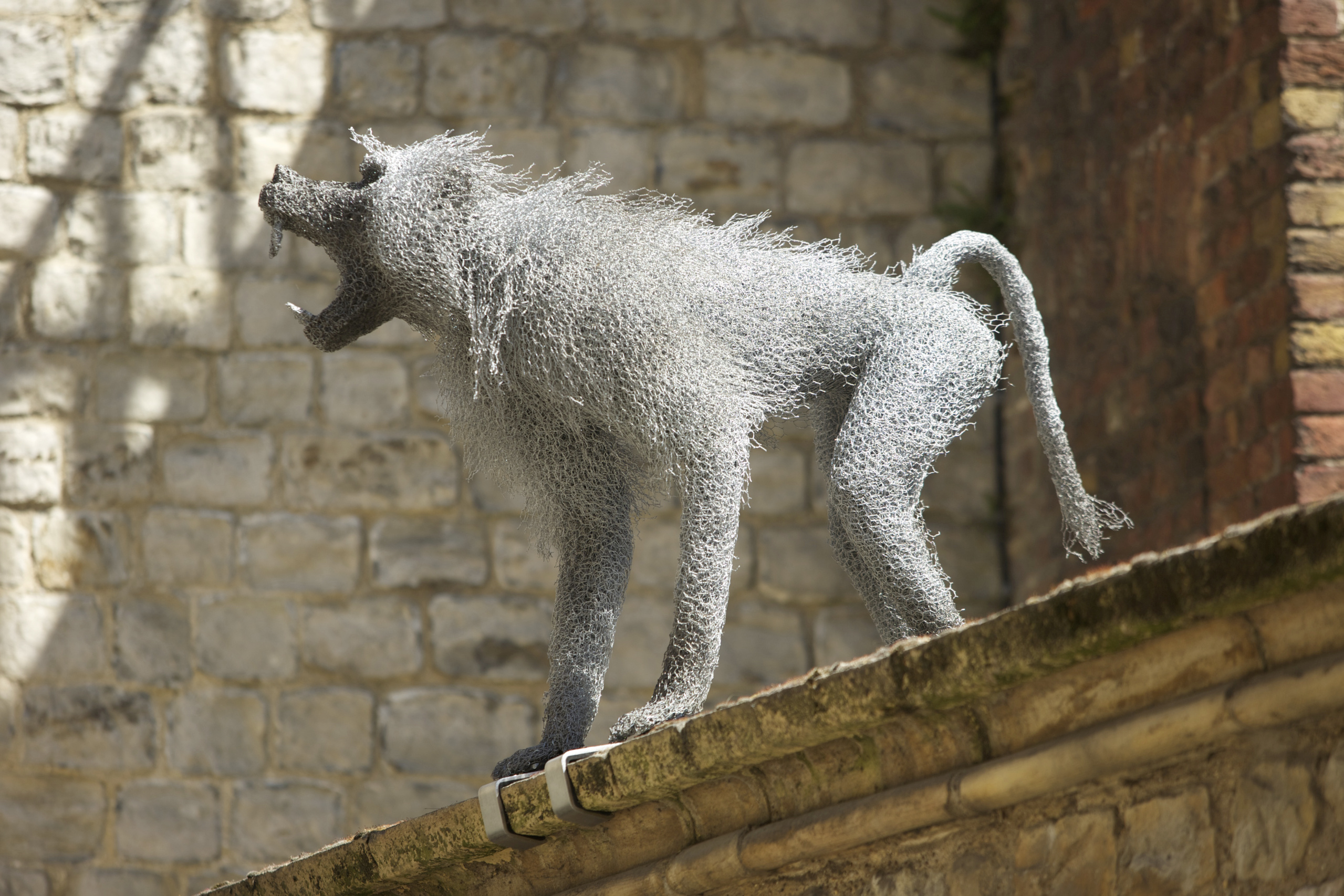
Today the animals’ unusual presence at the Tower is marked by sculpture, near the locations they were originally kept.
Prisoners:
The very first prisoner, Ranulf Flambard, escaped the Tower within a few months of his capture in 1100. The Bishop of Durham was imprisoned by Henry I on charges of embezzlement. Legend has it that he climbed down from the window of his cell in the White Tower by a rope which friends had smuggled to him in a flagon of wine. Ranulf had given the wine to his guards, and after they were drunk and asleep, escaped.
Gruffydd ap Llywelyn Fawr, a Welsh prince, the eldest but illegitimate son of Llywelyn the Great (“Llywelyn Fawr”) was imprisoned at the Tower of London in 1241. He reportedly fell to his death in 1244, trying to escape.
King John of Scotland (John de Balliol) – after being forced to abdicate the crown of Scotland by Edward I – spent three years as a prisoner in the Tower from 1296.
Another Scot that fell victim to the Tower: William ‘le hardi’ Douglas, Lord of Douglas and Scots governor of Berwick-upon-Tweed, was imprisoned in 1297, and murdered there in 1298.
George, Duke of Clarence was imprisoned and executed on the order of his brother, Edward IV, for treason in 1478. It is reputed that he was drowned in a vat of wine – a personal request from the Duke.
The Tudor Tower:

The Queen’s House is one of the few timber-framed domestic buildings that has survived the Great Fire of 1666, and in time it has become associated with infamous prisoners kept at the Tower (HRP)

Inside The Queen’s House – The Council Chamber, which is not open to the public HRP)
The Tower of London was not used much by the Royal Family in the 16th century, though Henry VIII had The Queen’s apartments added to the south-west corner inside the inner keep. These were built for Anne Boleyn, but she never had the chance to stay here.
The building seen today as the Chapel Royal, St Peter ad Vincula (St Peter in Chains) was rebuilt on the site of the old chapel for Henry VIII by Sir Richard Cholmondeley in 1519, after having been damaged in a fire in 1512.

The Chapel Royal of St Peter ad Vincula. The chapel was first built within the Tower of London’s walls during the reign of King Henry III, but since then it has been rebuilt at least twice. It assumed its present structural form during the reign of Henry VIII, although many interior alterations have been made thereafter. (HRP)
Prisoners: It was during Henry’s reign that there was an increase in the number of prisoners and executions took place at the Tower, creating something of an enduring legacy for the Tower’s reputation.
Anne Askew was tortured at the Tower, accused of being a Protestant heretic. She was repeatedly racked, and her diary, which was smuggled out of the fortress said: “Because I lay still and did not cry, my Lord Chancellor and Master Rich [her torturers] took pains to rack me with their own hands till I was nigh dead…”
Three famous names met their end within the Tower’s walls: Anne Boleyn, 19 May 1536; Margaret, Countess of Salisbury, the last of the Plantagenet dynasty on 27 May 1541; Catherine Howard, 13 February 1542; and Jane Boleyn, Viscountess Rochford (George Boleyn’s wife and Catherine Howard’s lady-in-waiting) also on that date.

Memorial to those executed at the Tower of London (allan harris)
Three others were executed on Tower Green – William Hastings, 1st Baron Hastings, 1483 ; Lady Jane Grey, 12 February 1554; and Robert Devereux, 2nd Earl of Essex on 25 February 1601. A monument stands outside St Peter Ad Vincula chapel to mark all six executions.
The earliest mention of the Ceremony of the Keys – the official closing up of the Tower each evening – was during the reign of Mary I, but it is thought to be a 700-year-old tradition. This continues every single night to this date, and is thought to be the oldest ceremony of its kind.

The Ceremony of the Keys is the traditional locking up of the Tower. The importance of securing this fortress for the night is still very relevant because although the monarch no longer resides at this royal Palace, her Crown Jewels do! (HRP)

The Ceremony of the Keys has taken place every night without fail for at least 700 years (HRP)
The Stuart Tower:
James I took the throne in March 1603, and by late 1605, he had already had other uses for the Tower than as living quarters…. Guy Fawkes was interrogated and imprisoned in the White Tower, after being found underneath the Houses of Parliament with dozens of barrels of gunpowder, ready to blow up the King and his ministers.
By 1622, the collection of animals included three eagles, two pumas, a tiger and a jackal, as well as more lions and leopards – the main attractions. James I had the lions’ den refurbished, so that visitors could see the animals more easily. He wanted visitors to look down and see ‘the great cisterne … for the Lyons to drink and wash themselfes in’.
Crown Jewels theft: In 1671 there was an attempt made to steal the Crown Jewels from the Tower, just four years after they had been made (Oliver Cromwell had melted down the old regalia during the Interregnum, 1649-1666, and so Charles II had a new set made for his coronation). ‘Colonel’ Thomas Blood – a discontented Irishman – and three accomplices attacked the Jewel House keeper, Talbot Edwards: they struck him with a mallet, knocked him to the floor, bound, gagged and stabbed him, as they were having a private viewing of the regalia, having befriended him in the weeks before as part of the plan.

st edward’s crown was flattened with a mallet by colonel blood to make it less conspicuous! (royal Collection trust/Elizabeth II)
The precious items were only guarded by a metal grille, which the group easily removed. They then attempted to make off with the orb, St Edward’s crown and the sceptre with the cross – Blood flattened the crown somewhat to fit it under his coat! They were only thwarted when Edwards’ son returned unexpectedly. Blood was not only pardoned but also given land in Ireland worth £500 a year, after the King decided not to execute him. Following the raid, the jewels were sensibly put behind bars with an armed guard.
The Tower ravens:
it was during Charles II’s reign that ravens began to be kept at the Tower of London, thought to be due to a prophecy. Currently there are seven birds kept there, with their enclosure to the south-west of the White Tower, to ensure the Kingdom does not fall.

The ravens cages at the Tower of London, next to the White Tower. Legend says the kingdom and the Tower will fall if the six resident ravens ever leave the fortress. (HRP)
Today, the ravens have a team looking after them, including the Raven Master, a specially-tasked Yeoman Warder. You can follow him on Twitter!
The Victorian Tower:
The Duke of Wellington finally solved one of the Tower’s biggest problems in 18–: its stinking moat, used as an open sewer, but also handy for defence. This had been an issue for centuries, and the Duke – then the constable of the Tower of London – ordered it to be drained and filled in some way, leaving it at the level we see today.
The moat was briefly resurrected in 1928 when the moat flooded due to excessive rainfall.
Of course, each year the moat hosts the Tower’s ice rink, and back in 2014, the ‘Bloodswept Lands and Seas of Red’ poppy display, to mark the centenary of the beginning of WWI. Each poppy, created from ceramic, represented a British or Colonial life lost in the conflict, totalling 888,246.
He also created the Waterloo Block, as a garrsion for 1000 soldiers from the regiment. This now houses the Crown Jewels, including George IV’s mantle, the Imperial State Crown, Queen Victoria’s famous mourning crown, the orb and sceptre, St Edward’s Crown, and the Swords of State.

The Waterloo Block and the Jewel House, originally known as the Waterloo Barracks, created in 1845 (HRP)
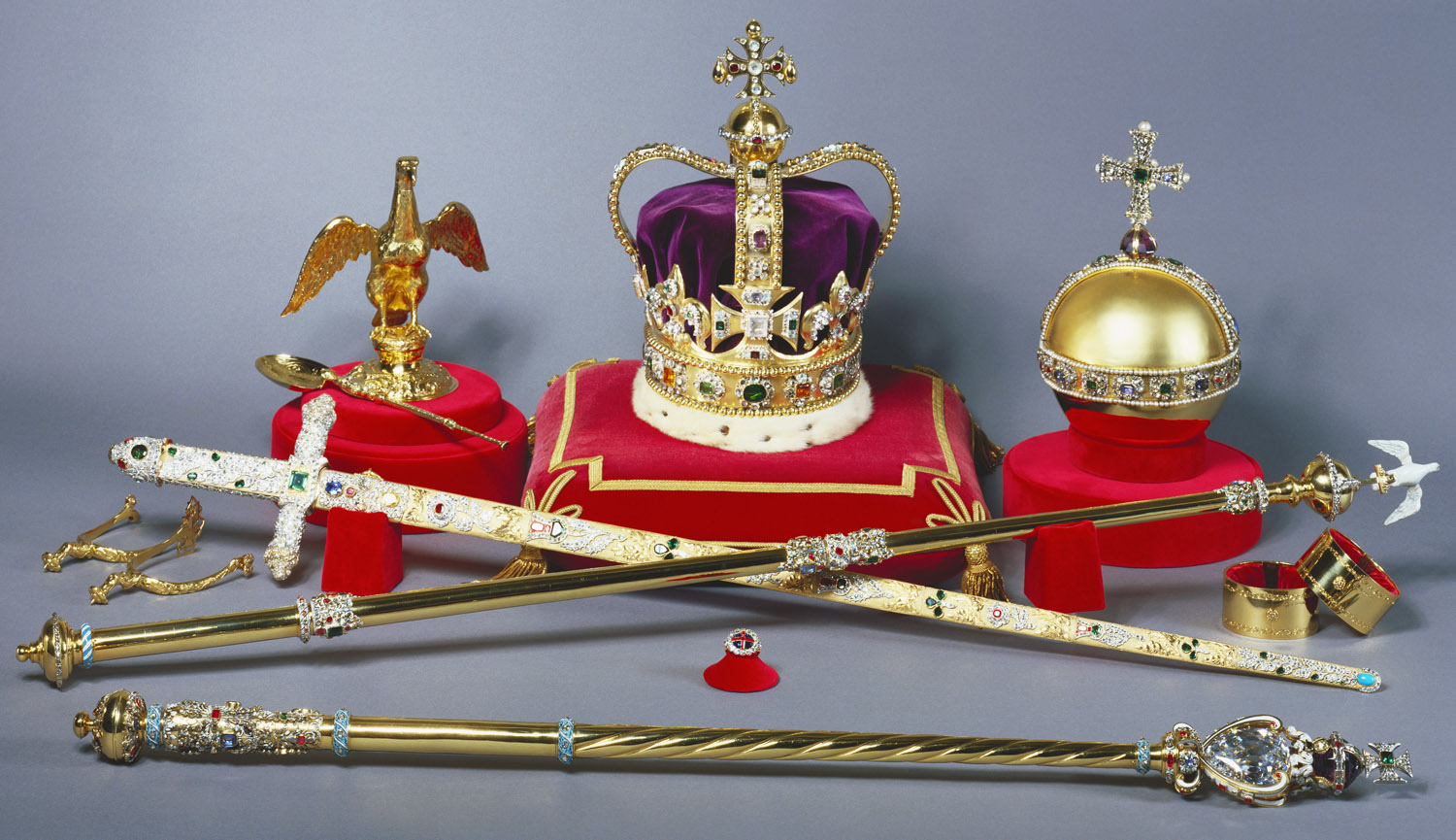
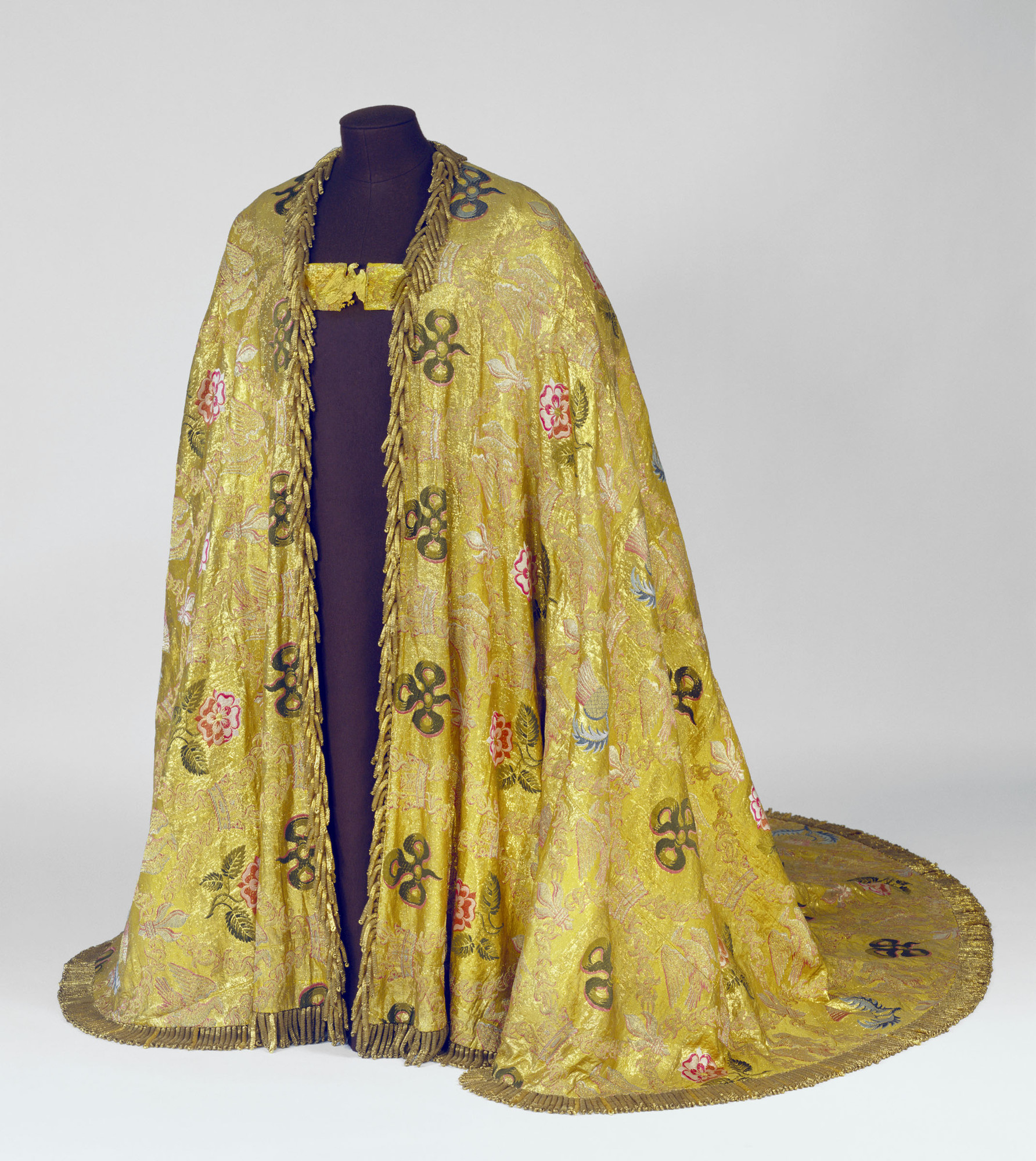
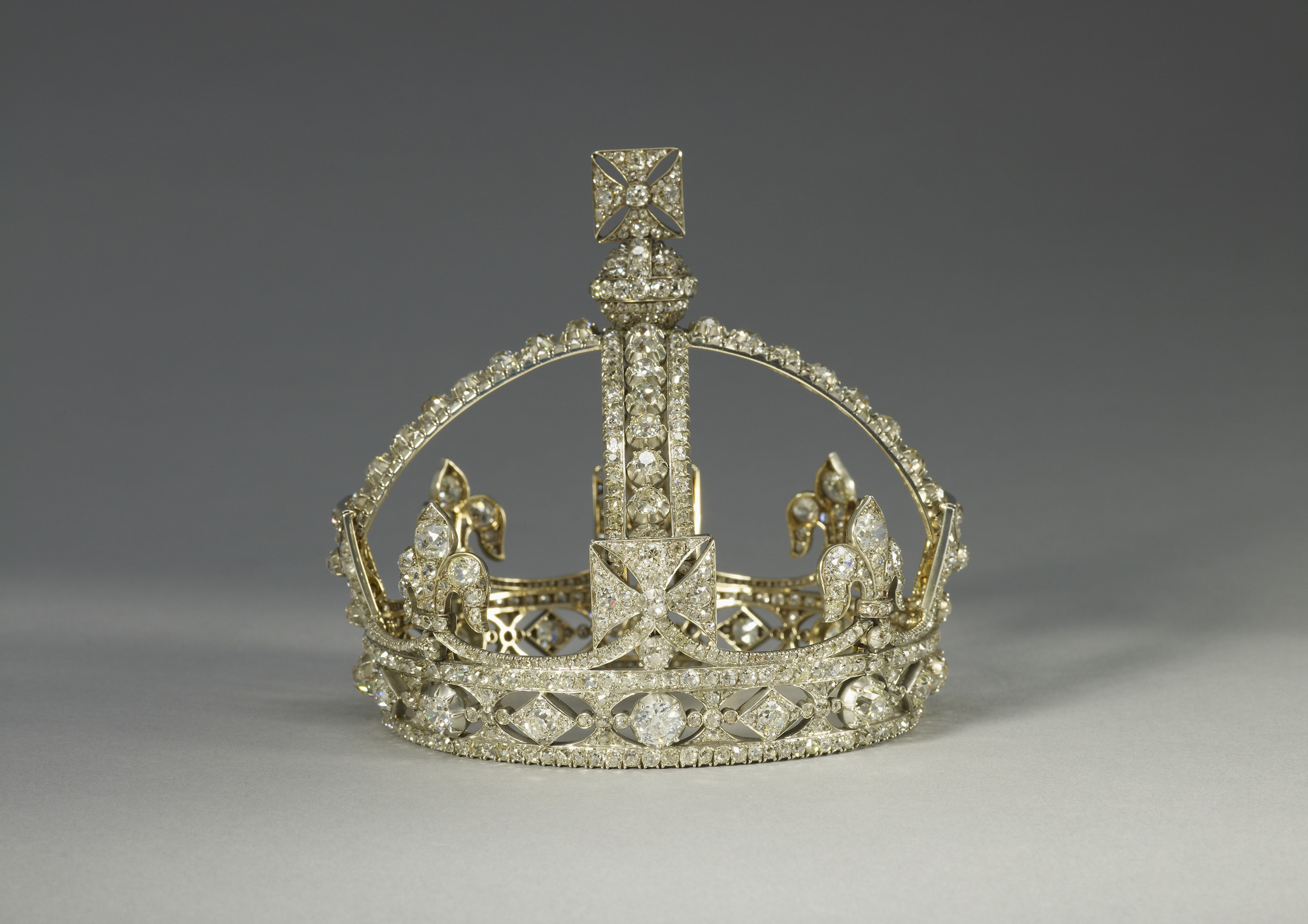
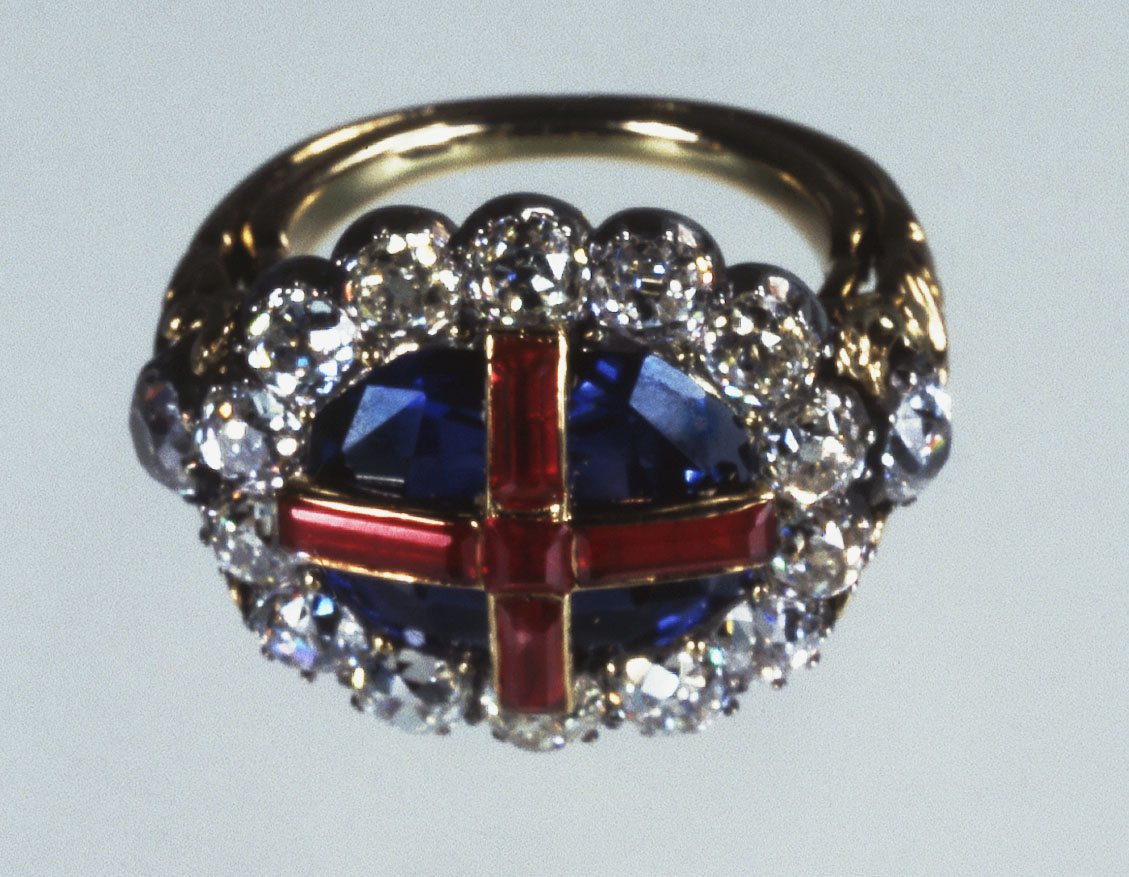
With numerous attacks and accidents involving the menagerie, plus the cost and some increasing interest in animal welfare, the zoo at the Tower closed in 1826; the 150 animals that had lived at the Tower were sent to Regent’s Park, founding what is now London Zoo (ZSL).
Nowadays, a tour with one of the Beefeaters – or yeomen Warders – is one of the best ways to find out about the Tower. Dressed in their Tudor-style tunics, these long-serving military personnel are experts on the place that many of them call home.
These warders are detachment of the ‘Yeomen of the Guard’ and they have formed the Royal Bodyguard since at least 1509. Their origins stretch back as far as the reign of Edward IV (1461-83), however.

The Tower of London’s Chief Yeoman Warder, Christopher Morton, and Yeoman Gaoler, Peter McGowran, form part of the team which guides visitors around – including two women! (HRP)

